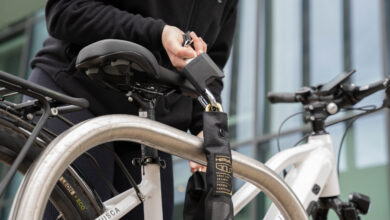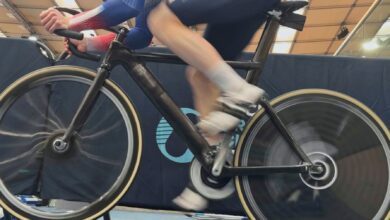What each world could learn from the other
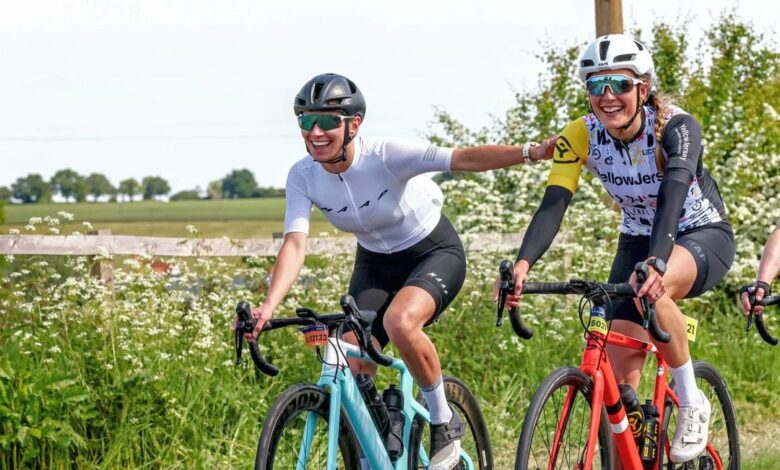
I’m Kate Hutchinson, ex-international swimmer, GB Age-Group triathlete, and now unabashed, full-blown Hyroxer (I recently competed in my first Elite 15 race in Hamburg, which still feels a bit surreal).
I did my first Hyrox while still deep in triathlon mode back in 2022. I loved it, but at the time, triathlon came first. Fast-forward a couple of years and not only was I getting married (and therefore needing to spend a little bit less money on kit), my dad was also diagnosed with a terminal illness, and the loneliness of solo training started to wear on me. I craved community again, the kind you get in a buzzing gym or group class, where someone’s always yelling encouragement over loud music.
Once I drifted back to the gym, I realised Hyrox had exploded, and suddenly it made sense. The combination of running and functional fitness suited me down to the ground. My triathlon background had given me a huge aerobic engine, and as soon as I started entering races, I progressed quickly. It got me thinking: triathlon had taught me so many lessons that could really help in Hyrox. But the reverse is true too. Hyrox has taught me things triathletes could seriously benefit from.
So here it is: my take on what each world could learn from the other.
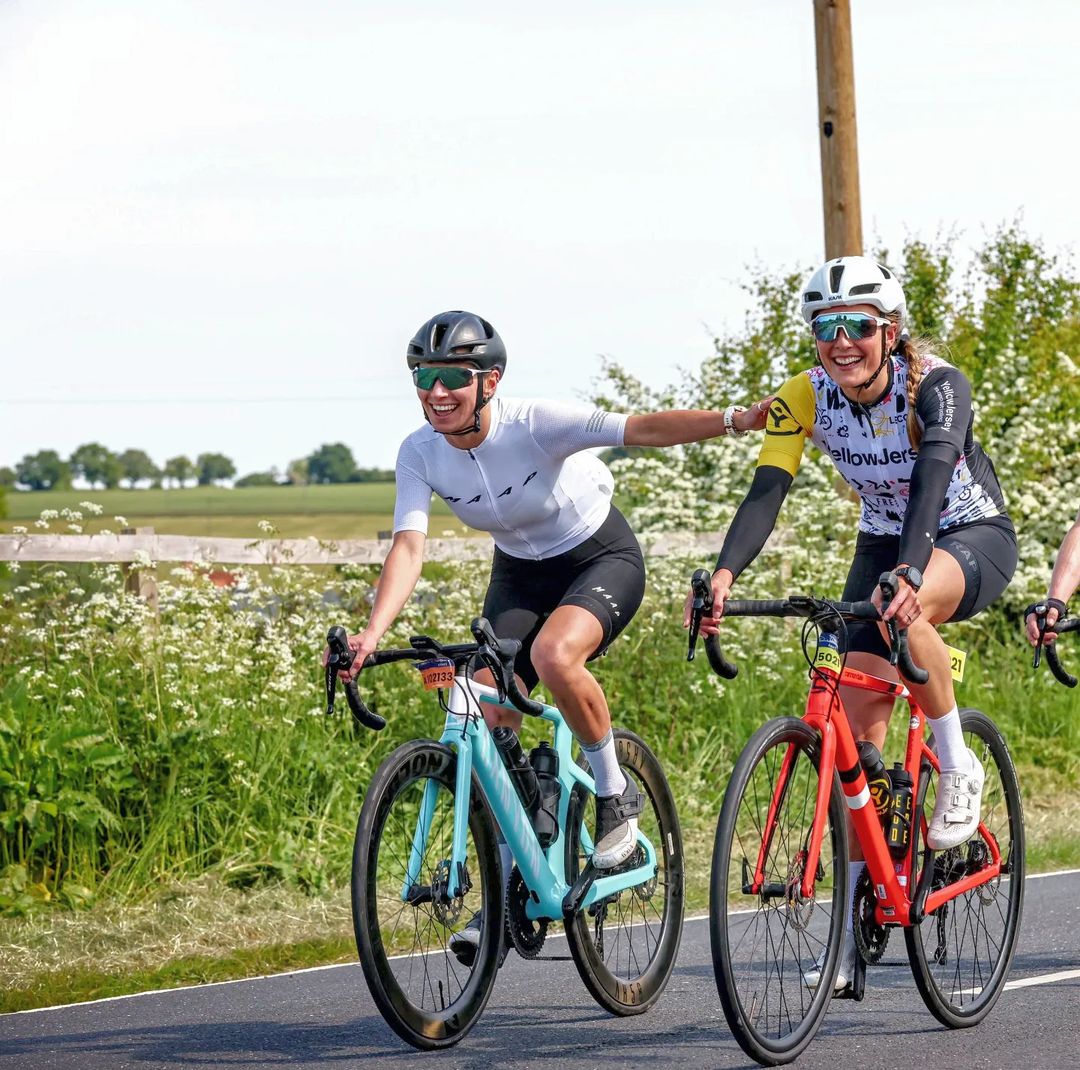
What Hyrox athletes could learn from triathletes
Stop living in the pain cave
When I started Hyrox, I was amazed by how many people had zero concept of training zones. Everyone seemed to be in this constant state of half-exhaustion, doing “Hyrox sims” every day, always in Zone 3, never really fresh, never really improving. Triathlon taught me to train smarter, not harder.
The 80/20 (or polarised) rule was already second nature to me: around 80% of your work should be nice and easy (Zone 2), and only 20% should be hard. It’s not just a nice idea; there’s solid science behind it. Low-intensity training builds mitochondria (the energy engines of your cells) and improves how efficiently your body uses oxygen. High intensity has its place, but not every day.
Even the top Hyrox athletes are starting to say it. UK success story Charlie Botterill recently spoke about how increasing consistent volume and recovery, rather than chasing constant intensity, made the biggest difference to his performance. Honestly, it’s just endurance logic. Hyrox is a long race; treat it like one.
Brick sessions have their place, but not every day
Triathletes are famous for brick sessions (bike plus run combinations), and the logic applies perfectly to Hyrox. You’re constantly running on tired legs, so yes, you should practise that. But no, you don’t need to do it every day. In triathlon, brick sessions are sharpeners. They’re race-specific tools you sprinkle in at the right time, not your entire weekly schedule. If you’re smashing full Hyrox simulations five days a week, don’t be surprised if you end up injured or plateaued. You can’t train at race intensity all the time; your body simply won’t adapt.
To get faster, you also need to train when you’re not compromised. Running on fresh legs lets you work on mechanics, turnover, and top-end speed, things that vanish when you’re gasping after a sled push. Without that clean, high-quality running work, you’ll never truly improve your pace. The same goes for strength. If every lifting session comes at the end of a brutal workout, you’ll never move heavy enough to build real power. Hyrox rewards strength endurance, but endurance relies on a foundation of actual strength. Separate, focused strength and running sessions are where you make those gains. Brick-style work then becomes the glue that ties it all together; not the foundation, but the finishing touch.
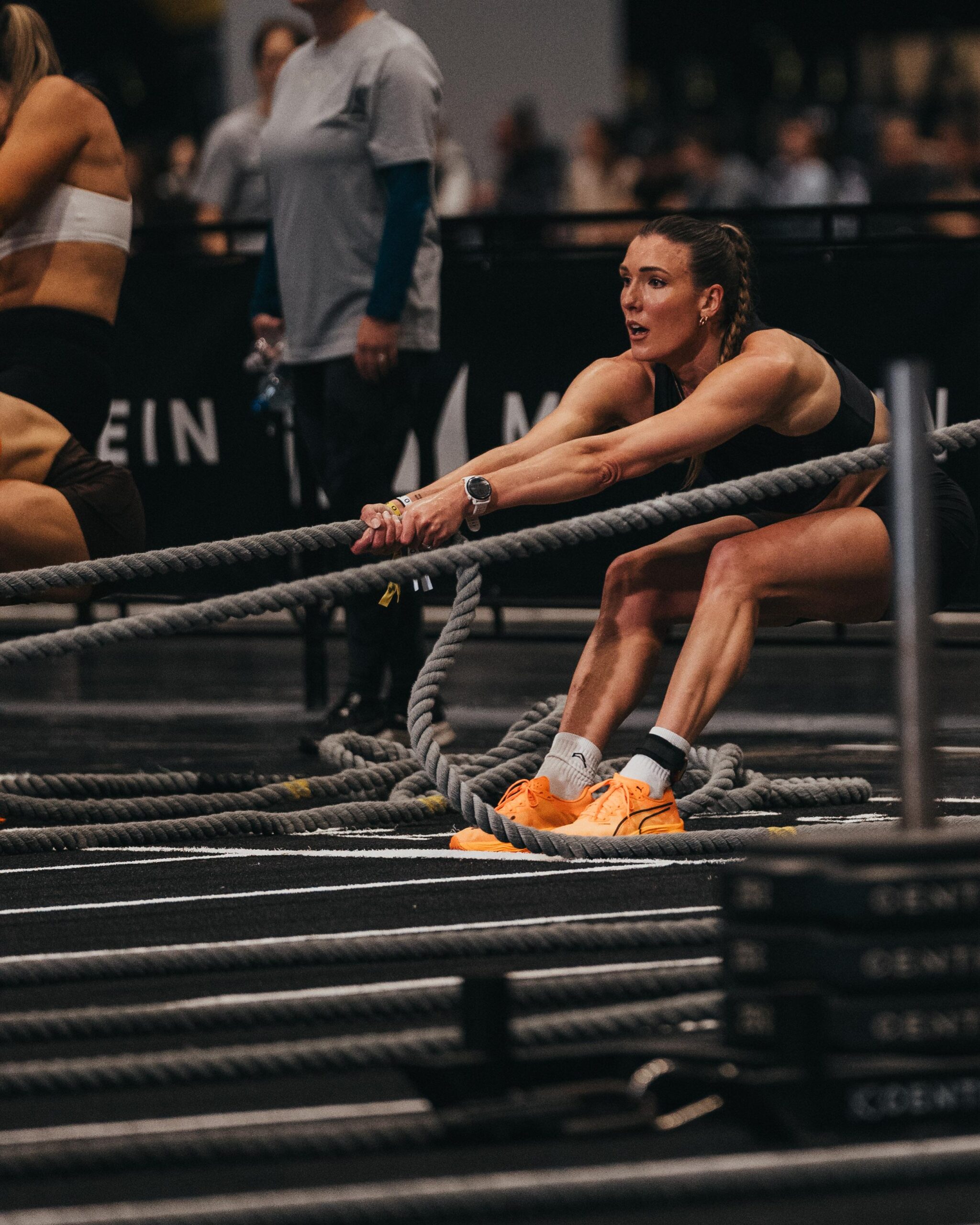
Learn to pace like a triathlete
Triathlon has drilled pacing into my soul. You can be the fastest swimmer in the field, but if you torch your energy early, someone steadier will reel you in on the bike and run (been there). Hyrox is exactly the same. If you’re leading after the ski erg, congratulations, but unless your name’s Lauren Weeks, you’re probably in trouble. The winners are the ones who hold back early, stay efficient, and keep something in reserve for the final wall balls. (I’ll admit, I’m still learning this one myself.)
Transitions are an art form
Triathletes obsess over transitions — wetsuit off, helmet on, shoes done — because seconds matter. In Hyrox, transitions absolutely still count. Moving efficiently from sled to run, or setting up quickly at a station, can save valuable time. Why work harder when you can work smarter? I recently saw Anthony Diapolo post that the biggest differentiator between elite and average Hyrox athletes is the Rox Zone (the area where you move between the run and the workout stations). Those transitions add up fast, so practise them. Being smooth and deliberate here can win you more time than an extra week of brutal intervals.
Don’t be that athlete
Triathlon has plenty of rules. Like them or not, you have to stick to them. (Though yes, triathlon could probably relax a little about the whole “no tops” rule.) Disqualified for forgetting to fasten your helmet before grabbing your bike, or for receiving outside assistance? It might seem harsh, but the rules are there for safety and fairness. The same applies in Hyrox. You can be penalised for movement infractions, failing to hit standards, or receiving outside help. Triathlon taught me that yelling at judges or volunteers won’t change the outcome, it just makes everyone miserable. Most of them are giving their time to support the community. Even if you disagree with a call, stay decent. Thank them. Everyone’s there to make the sport better.
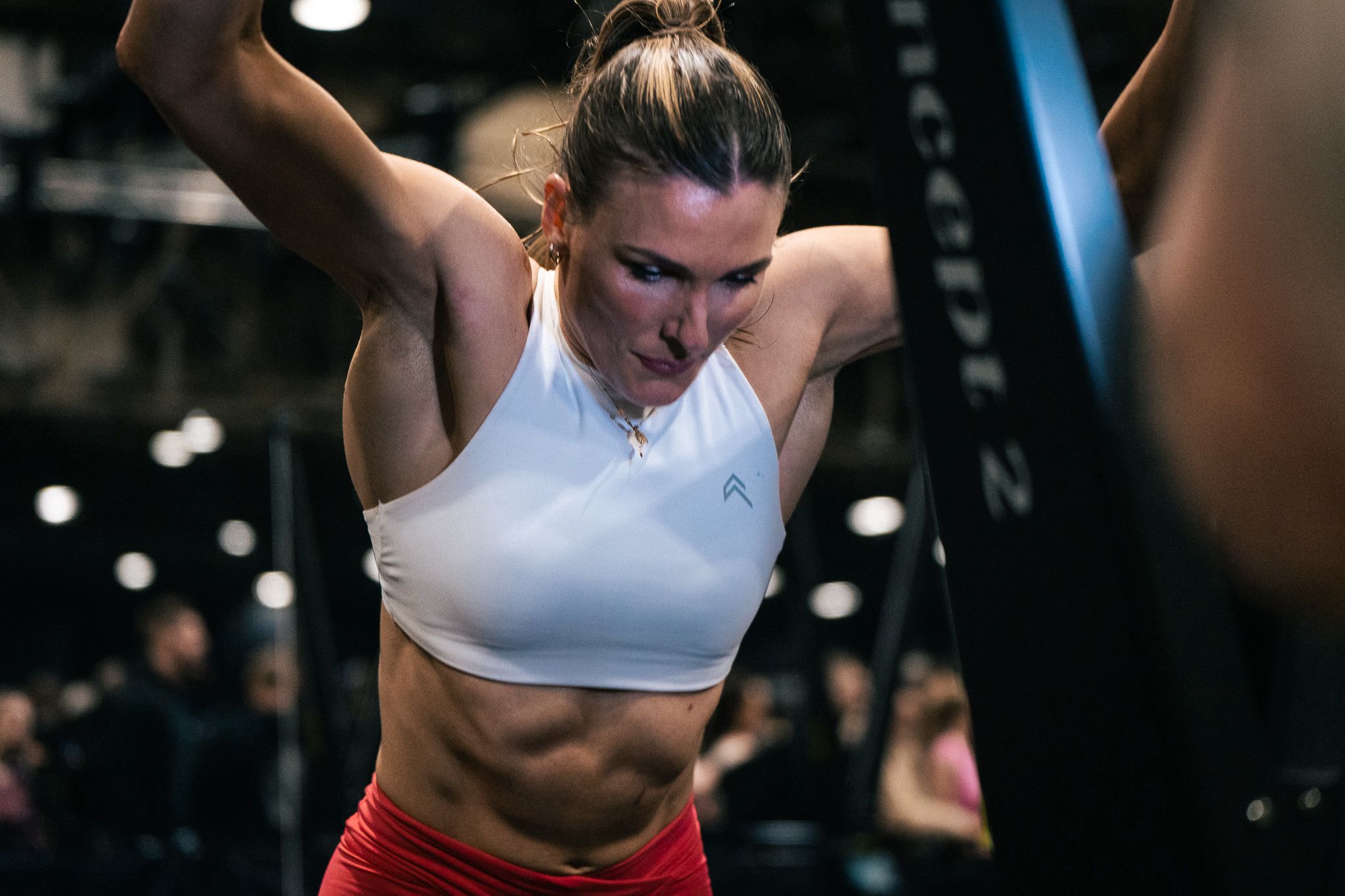
What triathletes and triathlon could learn from Hyrox
Bring the drama
Hyrox is pure spectacle: booming music, roaring crowds, live commentary, spotlights, flags for podium finishers. It’s exciting. It feels like an event. Triathlon, on the other hand, can sometimes feel a bit… beige.
Don’t get me wrong, the racing is epic, but the vibe can be stiff. Super-Tri has shown how to make it more spectator-friendly and fast-paced, but we could go further. A little Hyrox-style showmanship would do wonders for the sport’s energy and visibility.

Strength training isn’t optional
Hyrox has forced me to embrace proper strength training, and I’ve never run better in my life. My mechanics are sharper, I’m less injury-prone, and I feel genuinely powerful. Lots of age-group triathletes still see the gym as optional, or worse, a time-waster. But if you’re constantly injured or stuck at the same run pace, that’s your sign. A few squats, deadlifts, and lunges won’t make you bulky; they’ll make you faster and more resilient.
Make racing more social
One of the best things about Hyrox is the variety: solo, doubles, and relays. It’s competitive, but also deeply communal. Triathlon could learn from that. Imagine more mixed-team formats or local relay-style events that feel less intimidating but still deliver the race buzz.

But you can have both
The beautiful thing is how neatly these two sports fit together. The Hyrox season mostly wraps up as triathlon kicks off, meaning you can actually do both. Hyrox will make you stronger, tougher, and more resilient. Triathlon will give you endurance, pacing, and patience.
Beyond the logistics, both sports are full of brilliant, slightly masochistic people who thrive on challenge. They’re both about testing limits, building community, and finding joy in the grind. At their core, triathlon and Hyrox are two sides of the same coin: both brutally hard, endlessly rewarding, and quietly addictive.
Do both… if you can!
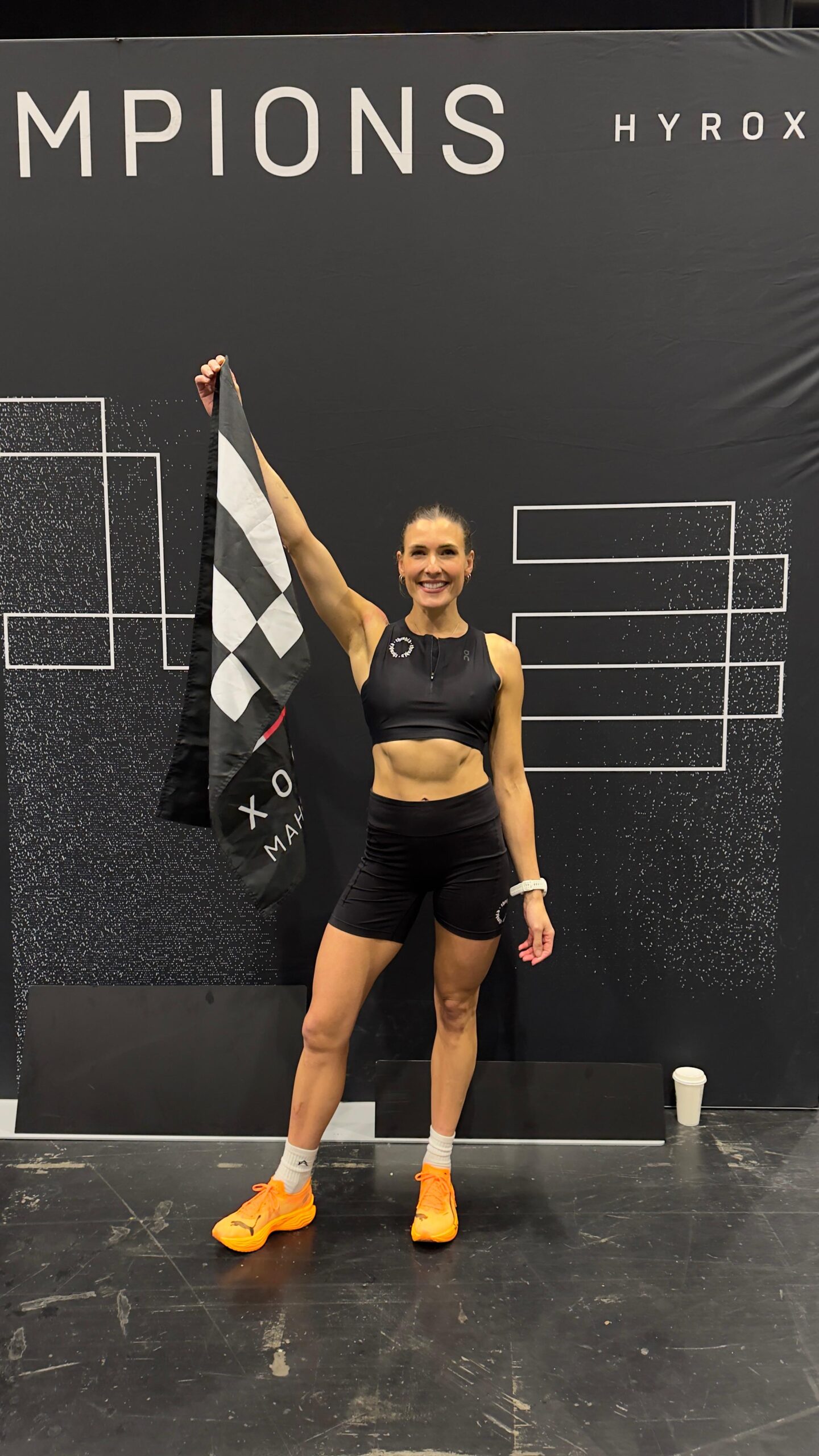
If you’re not following already, check out Kate’s Instagram here

